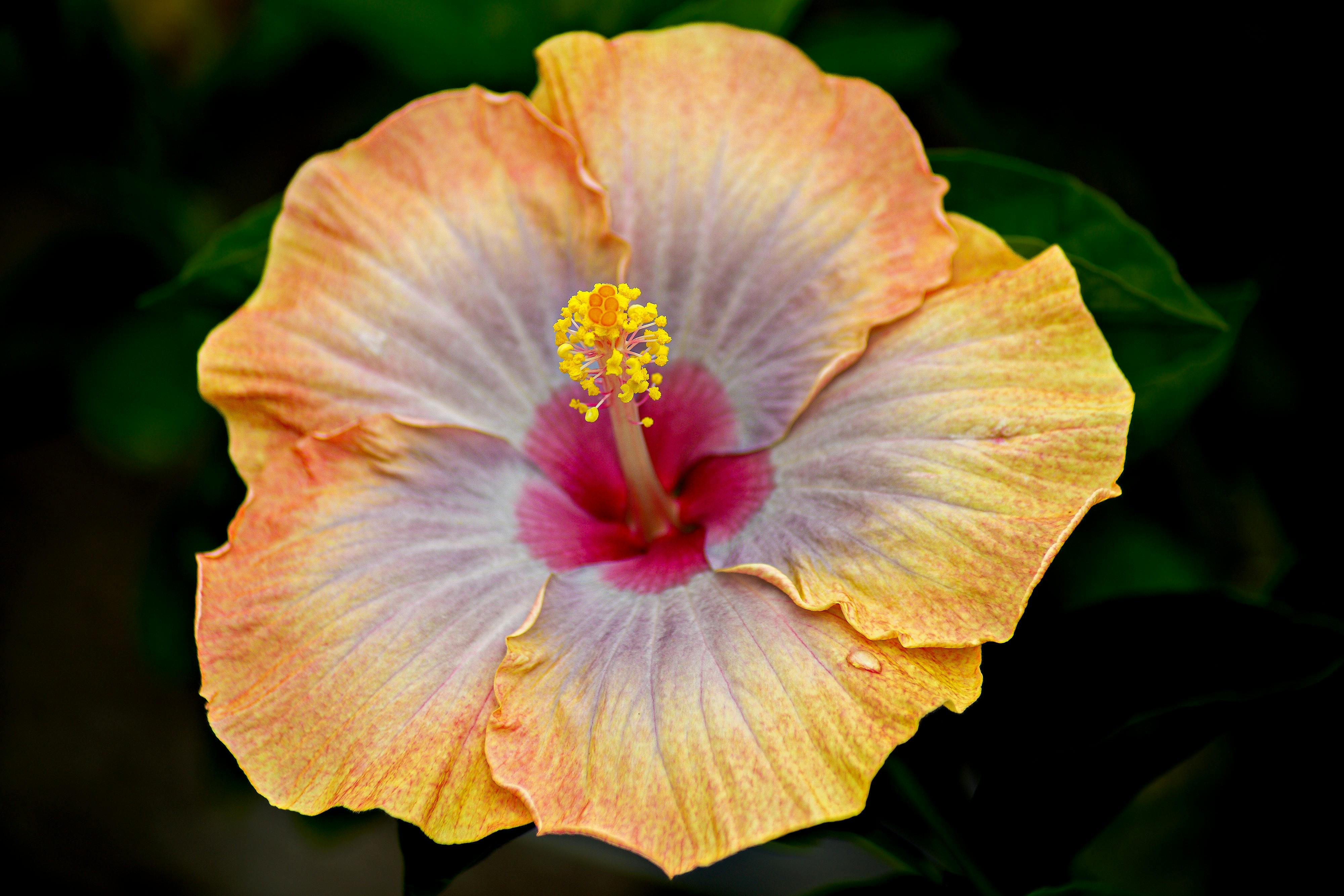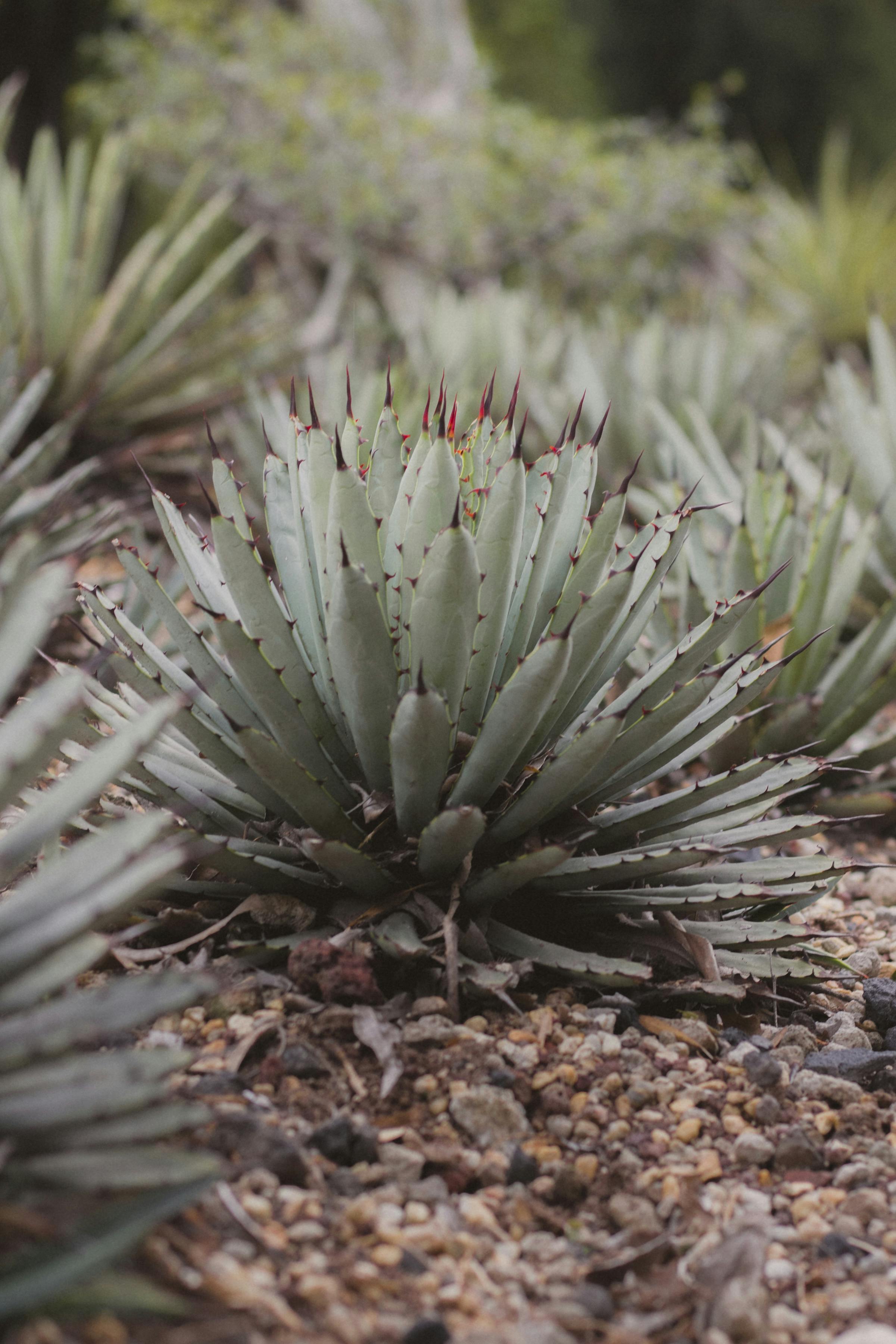If you’ve ever wanted to enjoy the delicious and nutritious nopal pads without causing harm to the plant, you’ve come to the right place! Harvesting nopal pads can be a delicate task, but with the right techniques, you can easily gather these prickly treasures while ensuring the plant remains healthy and thriving. In this article, we will explore some tips and tricks that will help you harvest nopal pads with care and respect for the plant’s well-being. So grab your garden gloves and let’s embark on this plant-friendly adventure together!

Choosing the Right Time to Harvest
Consider the age of the nopal plant
When it comes to harvesting nopal pads, one important factor to consider is the age of the plant. Nopal plants generally reach maturity at around two years of age. Harvesting the pads too early can deprive the plant of valuable nutrients and hinder its growth. On the other hand, if you wait too long to harvest, the pads may become tough and less flavorful. So, it’s crucial to choose the right time by considering the age of the plant.
Look for signs of maturity
To determine if the nopal pads are ready for harvest, keep an eye out for signs of maturity. Mature pads are typically flat, thick, and have a vibrant green color. They should also feel firm to the touch. Additionally, you can check for the presence of buds, as this indicates that the plant is actively growing and producing new pads. By observing these signs of maturity, you can ensure that you harvest the nopal pads at their peak flavor and quality.
Plan your harvest during the cooler parts of the day
Timing your harvest is not just about the age and maturity of the plant, but also about choosing the right time of day. Nopal plants are most hydrated early in the morning, which makes it an optimal time for harvesting. Additionally, the cooler temperatures in the morning or late afternoon reduce stress on both you and the plant. This ensures that the harvested pads maintain their freshness and quality throughout the process.
Preparing for Harvest
Gather the necessary tools
Before you start harvesting nopal pads, it’s important to gather the necessary tools. A sharp knife or pruning shears are essential for cleanly cutting the pads from the plant. Choose a tool that you are comfortable handling and make sure it is sharp to minimize any damage to the plant. Additionally, having a bucket or container nearby will help you collect the harvested pads efficiently.
Wear protective clothing and gloves
While harvesting nopal pads can be a rewarding experience, it’s important to protect yourself from the plant’s spines and glochids. Wear long sleeves, pants, and sturdy gloves to shield your skin from any potential injuries. It’s also a good idea to wear closed-toe shoes to protect your feet. By taking these precautions, you can safely and comfortably handle the nopal plant during the harvest.
Inspect the health of the plant
Before you begin harvesting, take a moment to inspect the overall health of the nopal plant. Look for any signs of disease, infestation, or damage. A healthy plant will have vibrant green pads, with no signs of discoloration or wilting. Also, check for any pests, such as aphids or mealybugs, which can affect the plant’s health. If you notice any issues, address them before harvesting to ensure the long-term well-being of the plant.
Harvesting Nopal Pads
Identify and select the pads to harvest
When harvesting nopal pads, it’s important to identify and select the ones that are ready for harvest. Look for mature pads that meet the criteria mentioned earlier, such as being thick, flat, and vibrant green. Avoid harvesting pads that are too young or too old, as they may not have the desired texture or flavor. By carefully selecting the pads, you can ensure a high-quality harvest and promote the regrowth of the plant.
Hold the pad firmly and cut it near the base
To harvest a nopal pad, hold it firmly with one hand, making sure to avoid the spines and glochids. Using a sharp knife or pruning shears, make a clean cut near the base of the pad. It’s important to avoid leaving too much of the pad on the plant, as it can hinder regrowth. However, be careful not to damage the plant or the adjacent pads while cutting. By using a steady hand and a sharp tool, you can harvest the pads effectively while minimizing any harm to the plant.
Be careful not to damage the plant or surrounding pads
While harvesting nopal pads, it’s crucial to be mindful of the plant and the surrounding pads. Avoid any unnecessary pulling or twisting of the pads, as this can damage the plant and hinder its regrowth. Take your time to carefully detach each pad, ensuring a clean cut without causing harm. By being cautious and gentle during the harvesting process, you can maintain the health of the plant and preserve the aesthetics of your nopal garden.
Caring for the Harvested Pads
Handle the pads with care
Once you have harvested the nopal pads, it’s important to handle them with care to prevent any damage. Avoid squeezing or mishandling the pads, as they can be quite delicate. Treat them as you would handle precious vegetables or fruits. By being gentle and cautious, you can maintain the quality and integrity of the harvested pads.
Remove any thorns or glochids
Before storing or using the harvested nopal pads, it’s essential to remove any thorns or glochids. These tiny spines can cause discomfort or irritation if they come into contact with bare skin. Using tongs or a gloved hand, carefully scrape or brush off any spines. You can also lightly burn the spines over a flame to singe them off. By taking the time to remove these spines, you can ensure that the nopal pads are safe to handle and consume.
Store the pads properly
To keep the harvested nopal pads fresh and extend their shelf life, it’s important to store them properly. Wrap each pad individually in a damp cloth or paper towel to maintain their moisture. Then, place them in a plastic bag or airtight container to prevent them from drying out. Store them in the refrigerator at a temperature between 40-45°F (4-7°C) to slow down any spoilage. By following these storage guidelines, you can enjoy the harvested nopal pads for a longer period of time.

Promoting Regrowth and Plant Health
Leave some pads on the plant to support photosynthesis
After harvesting nopal pads, it’s crucial to leave a few pads on the plant to support photosynthesis. These remaining pads are essential for the plant’s ability to generate energy and continue its growth. By leaving behind a sufficient number of pads, you ensure that the plant remains healthy and can produce a new growth cycle.
Fertilize the nopal plant after harvesting
To support the regrowth and overall health of the nopal plant, consider fertilizing it after each harvest. Choose a balanced fertilizer specifically formulated for cacti or succulents and apply it according to the package instructions. Fertilization provides essential nutrients that promote vigorous growth and replenish the plant’s resources. By providing adequate nourishment, you can encourage the nopal plant to flourish.
Regularly inspect and monitor the plant for any signs of stress
To ensure the well-being of the nopal plant, it’s important to regularly inspect and monitor it for any signs of stress. Check for any wilting, yellowing of pads, or pest infestations. If you notice any issues, take immediate action to address them and provide the necessary care. By being attentive and responsive to the plant’s needs, you can maintain its health and promote a thriving nopal garden.
Utilizing Harvested Nopal Pads
Clean the harvested pads
Before using the harvested nopal pads, it’s crucial to clean them thoroughly. Rinse each pad under running water to remove any dirt, debris, or remaining spines. Gently scrub the surface with a vegetable brush to ensure a thorough cleaning. This step removes any impurities and prepares the pads for cooking or consumption.
Prepare and cook nopal pads
Nopal pads are a versatile ingredient used in various cuisines. They can be sliced, diced, or grilled to add a unique and refreshing texture to dishes. To prepare the pads, trim off the edges and cut them into desired shapes. Many recipes call for blanching the pads briefly in boiling water before cooking to reduce their natural mucilage. Experiment with different cooking methods such as sautéing, stir-frying, or adding them to soups and stews.
Explore various recipes and culinary uses
Once you’ve prepared the nopal pads, it’s time to explore the numerous culinary uses and recipes. Nopal pads can be incorporated into salads, tacos, omelets, or used as a topping for pizzas. They can also be pickled, juiced, or even used to make refreshing beverages. The possibilities are endless, so don’t hesitate to get creative in the kitchen and discover new ways to enjoy the unique flavor and texture of nopal pads.

Sharing Nopal Pads and Plant Care Tips
Share the surplus with friends and neighbors
If you find yourself with a surplus of harvested nopal pads, consider sharing them with friends, neighbors, or local community organizations. Nopales are a prized edible plant in many cultures, and by sharing the abundance, you can introduce others to their delicious taste and nutritional benefits.
Offer guidance on nopal plant care
As an avid nopal grower, you can offer guidance and share your knowledge with others who are interested in growing their own plants. Provide tips on planting, watering, fertilizing, and pest management. Share your experiences and insights to help others succeed in their nopal growing endeavors. By sharing your expertise, you contribute to a supportive and knowledgeable community of nopal enthusiasts.
Encourage sustainable harvesting practices
When sharing information about nopal harvesting, it’s essential to emphasize the importance of sustainability. Encourage others to harvest responsibly by only taking what they need and avoiding excessive harvesting from wild populations. Remind them to respect the nopal plant’s natural habitat and biodiversity. By promoting sustainable harvesting practices, we can ensure the long-term survival and health of nopal ecosystems.
Avoiding Harmful Harvesting Techniques
Do not uproot the entire plant
An essential rule of thumb when harvesting nopal pads is to never uproot the entire plant. Removing the entire plant not only kills it but also disrupts the delicate balance of the ecosystem it supports. Instead, focus on selectively harvesting mature pads while leaving the plant’s main stem intact. This allows the nopal plant to continue growing and regenerating.
Avoid excessive or uneven cutting
When harvesting nopal pads, it’s important to avoid excessive or uneven cutting. Removing too many pads from a single area can put stress on the plant and hinder its regrowth. Aim to harvest pads evenly from different parts of the plant to distribute the impact evenly. By practicing balanced harvesting, you can foster a healthy and robust nopal plant.
Do not damage the growing points of the nopal
The growing points, or meristems, are crucial for the nopal plant’s growth and regrowth. These are the areas where new pads and stems emerge. When harvesting nopal pads, be careful not to damage these growing points. Avoid cutting too close to the edges or center of the plant. By preserving the growing points, you allow the plant to continue producing new pads and sustain its growth.

Learning from Experts and Local Communities
Join workshops or classes on nopal harvesting
To deepen your understanding of nopal harvesting, consider joining workshops or classes led by experts in the field. These educational opportunities provide hands-on experience, practical tips, and a chance to engage with like-minded individuals. From learning about proper harvesting techniques to discovering traditional recipes, workshops can offer valuable insights that enhance your nopal journey.
Seek advice from experienced nopal growers
Experienced nopal growers are an excellent resource to tap into for advice and guidance. Reach out to local farmers, gardening groups, or online communities dedicated to nopal cultivation. Through their experience, they can provide valuable tips, troubleshoot common challenges, and share their wisdom on nopal harvesting. By seeking advice from experienced growers, you can gain practical knowledge and confidence in your own nopal endeavors.
Engage with local communities to understand traditional harvesting methods
Nopal harvesting is deeply rooted in various cultures, and understanding traditional methods can enrich your own practices. Engage with local communities, especially those with a rich nopal heritage, to learn about their traditional harvesting techniques and cultural significance. By immersing yourself in their knowledge, you can gain a more holistic understanding of nopal cultivation and the deep connection between the plant and its environment.
Respecting the Nopal and Its Environment
Harvest only what you need
When harvesting nopal pads, it’s essential to practice restraint and only take what you need. Avoid over-harvesting, as it can harm the plant and disrupt the ecosystem it supports. By being mindful of your harvest quantity, you contribute to the long-term sustainability of the nopal plant and its surrounding environment.
Avoid harvesting from fragile or endangered populations
Certain nopal populations may be fragile or even endangered due to habitat loss, over-exploitation, or other environmental factors. It’s crucial to avoid harvesting from these vulnerable populations. Instead, focus on cultivating nopal plants responsibly or seek out sustainably grown nopal pads from local sources. By prioritizing the preservation of fragile populations, we can protect the biodiversity and future of the nopal plant.
Be mindful of the impact on the surrounding ecosystem
When interacting with the nopal plant and its environment, it’s important to be mindful of your actions and their impact on the surrounding ecosystem. Avoid leaving behind any waste or litter and be respectful of the natural habitat. By minimizing your footprint and being considerate of the ecosystem, you contribute to the overall well-being and sustainability of the nopal plant and its environment.
In conclusion, harvesting nopal pads without harming the plant requires careful consideration, preparation, and mindful actions. By choosing the right time, gathering the necessary tools, and wearing protective clothing, you can ensure a successful and safe harvest. Remember to be mindful of the plant’s health, handle the pads with care, and store them properly to maintain their freshness. Promoting regrowth and plant health, utilizing the harvested pads in various culinary creations, and sharing knowledge within the community all contribute to the sustainable practice of nopal harvesting. By avoiding harmful techniques, learning from experts, and respecting the nopal and its environment, we can approach nopal harvesting with the friendliness and responsibility it deserves.

